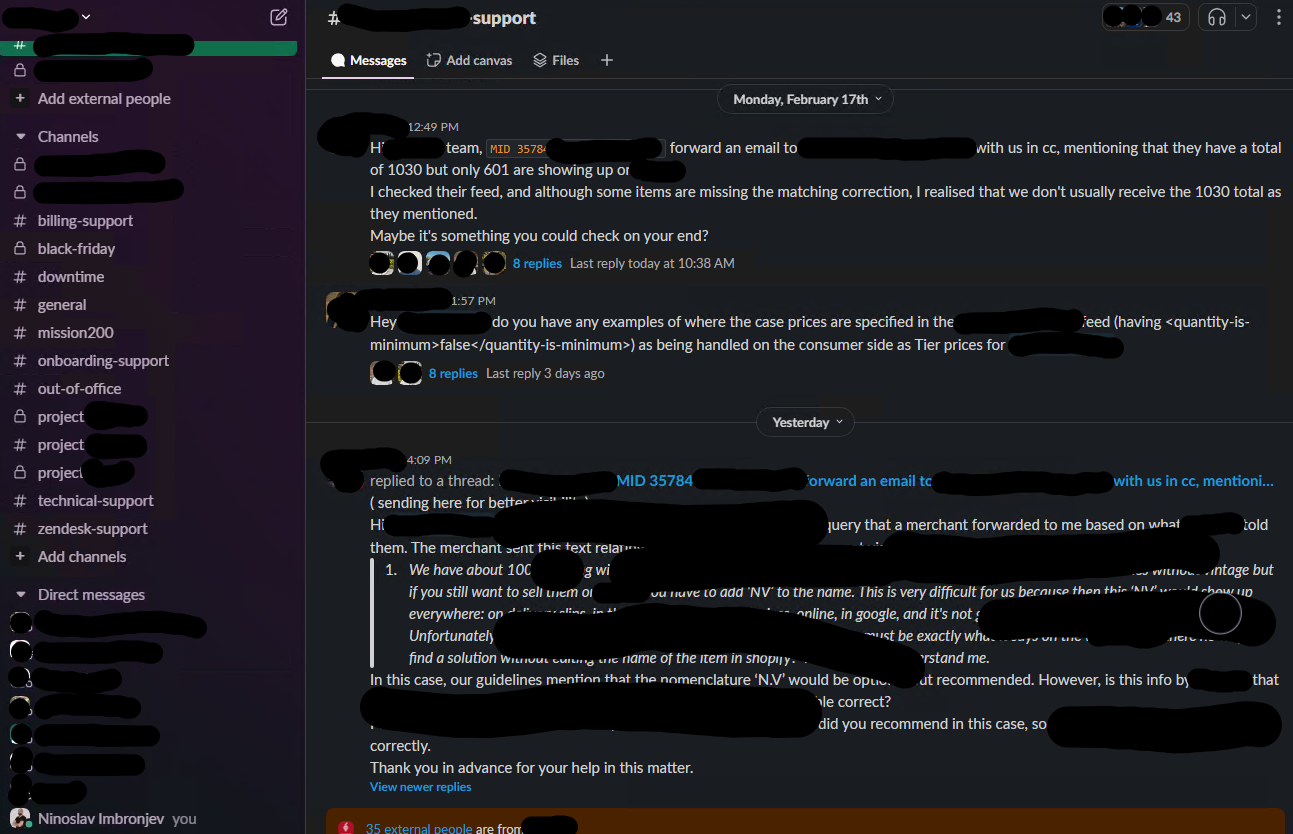© NinoSec
| All Rights Reserved
NinoSec
| All Rights Reserved
Project Management
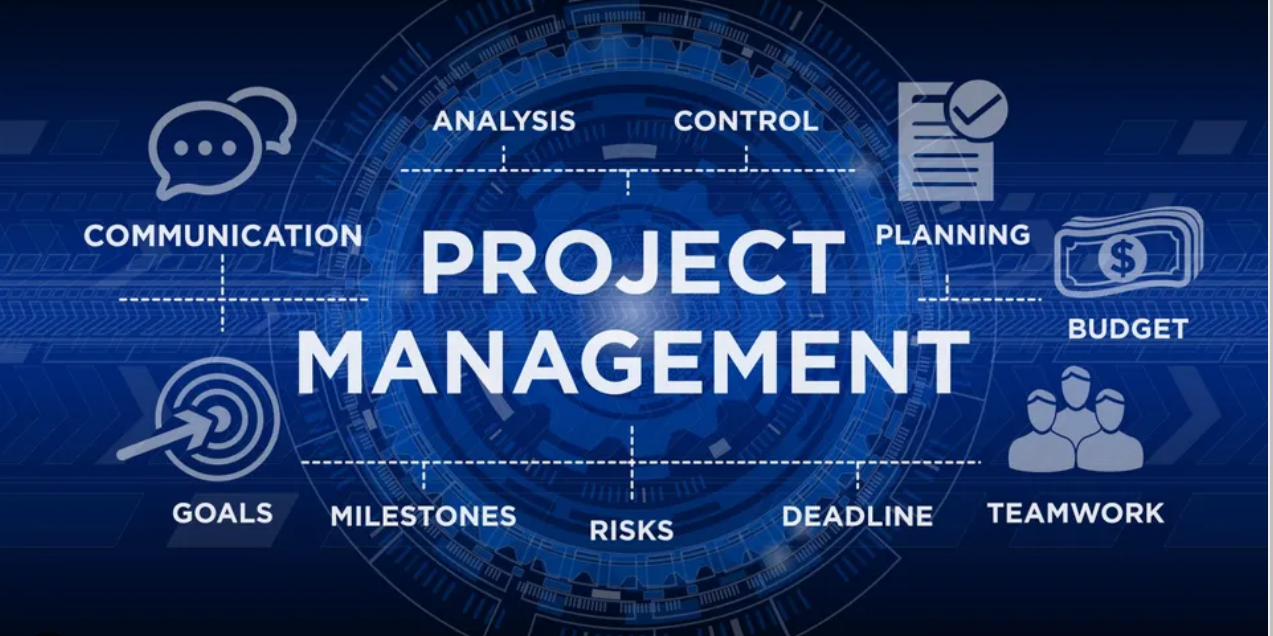
As a project manager, I’ve had the privilege of working with some of the most powerful tools in the industry.
From planning and collaboration to issue tracking and communication, tools like Jira, Confluence, Slack, Discord, Redmine, Zendesk, and Trello have been integral to my success. I’ll share how I’ve used these tools to streamline workflows, improve team collaboration, and deliver projects on time and within budget.
1. Trello: Visualizing Workflows with Kanban
Trello’s simplicity and visual appeal have made it a favorite for managing smaller projects or teams.
Kanban Boards: I’ve used Trello to create Kanban boards that visualize workflows, making it easy to track progress and identify bottlenecks.
Collaboration: Trello’s card-based system allows team members to comment, attach files, and assign tasks, fostering collaboration.
Integrations: By integrating Trello with Slack and Confluence, I’ve created a cohesive ecosystem for project management.
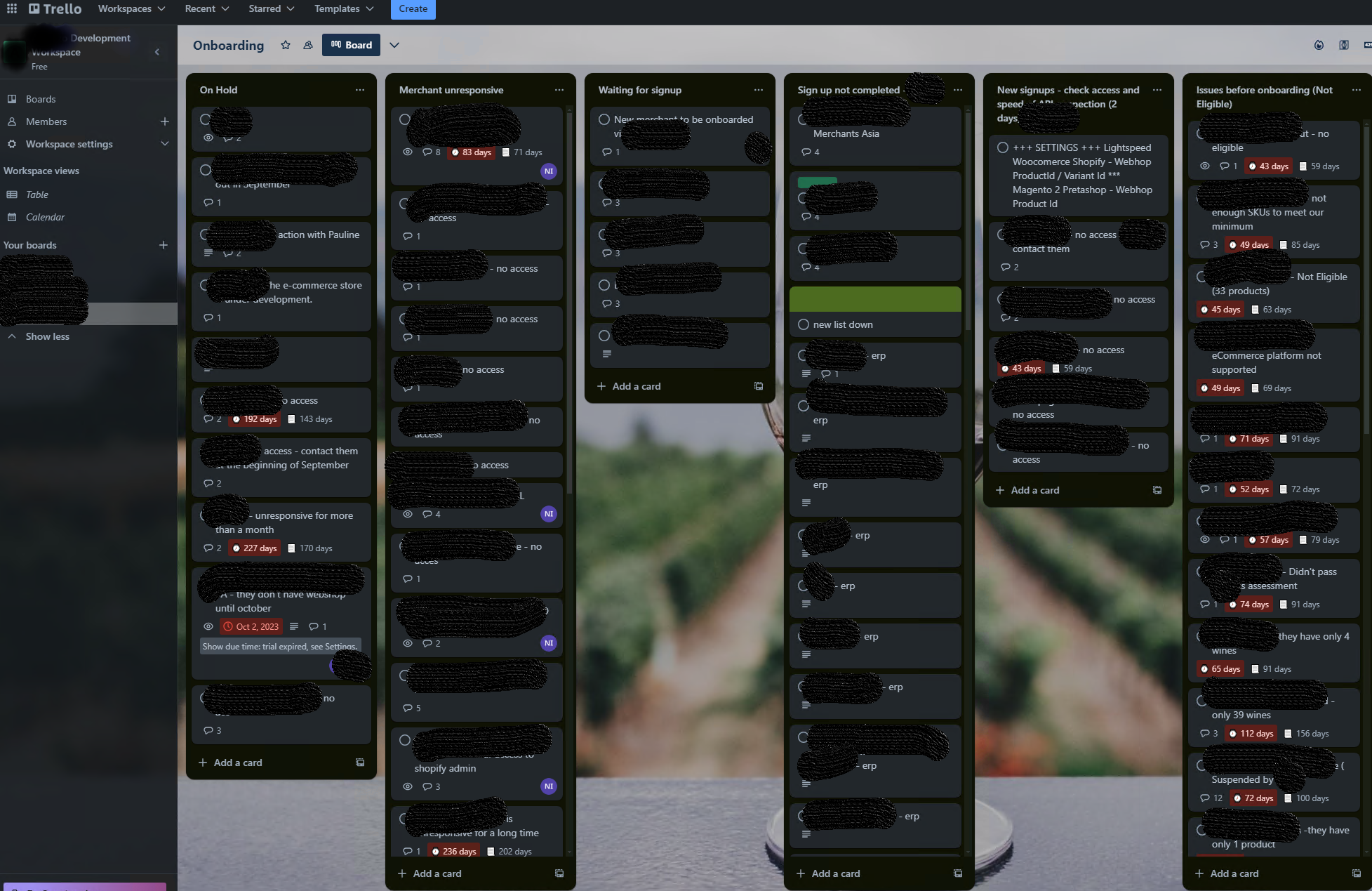

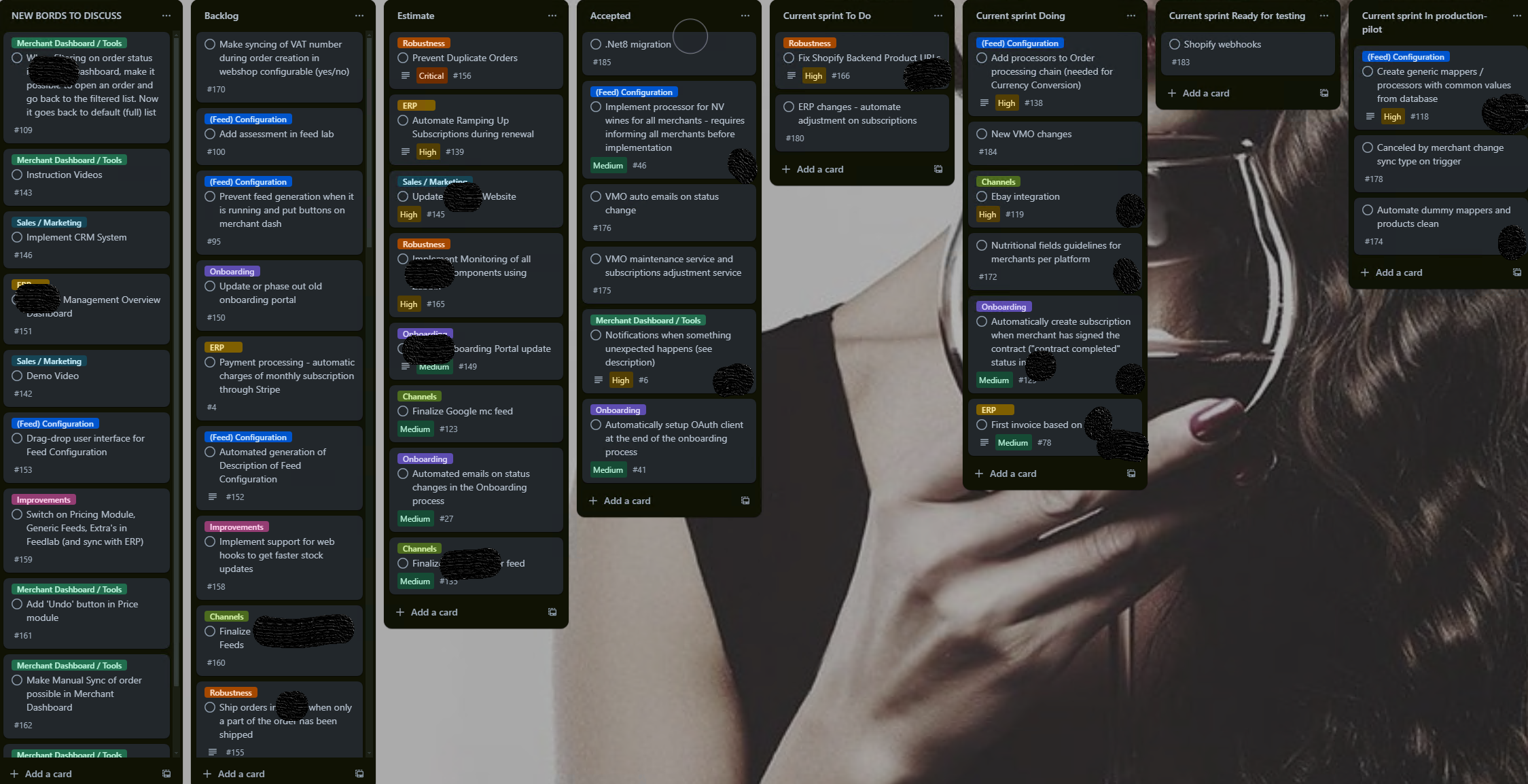
2. Confluence: Centralizing Knowledge and Collaboration
Confluence has been my secret weapon for documentation and knowledge sharing. It’s where my team and I create, organize, and access critical project information.
Project Documentation: I’ve used Confluence to create project charters, meeting notes, and technical documentation, ensuring everyone is on the same page.
Collaboration: By integrating Confluence with Jira, I’ve streamlined the process of linking requirements, user stories, and test cases.
Templates: Confluence’s templates have saved me countless hours, allowing me to quickly create standardized documents for recurring project needs.
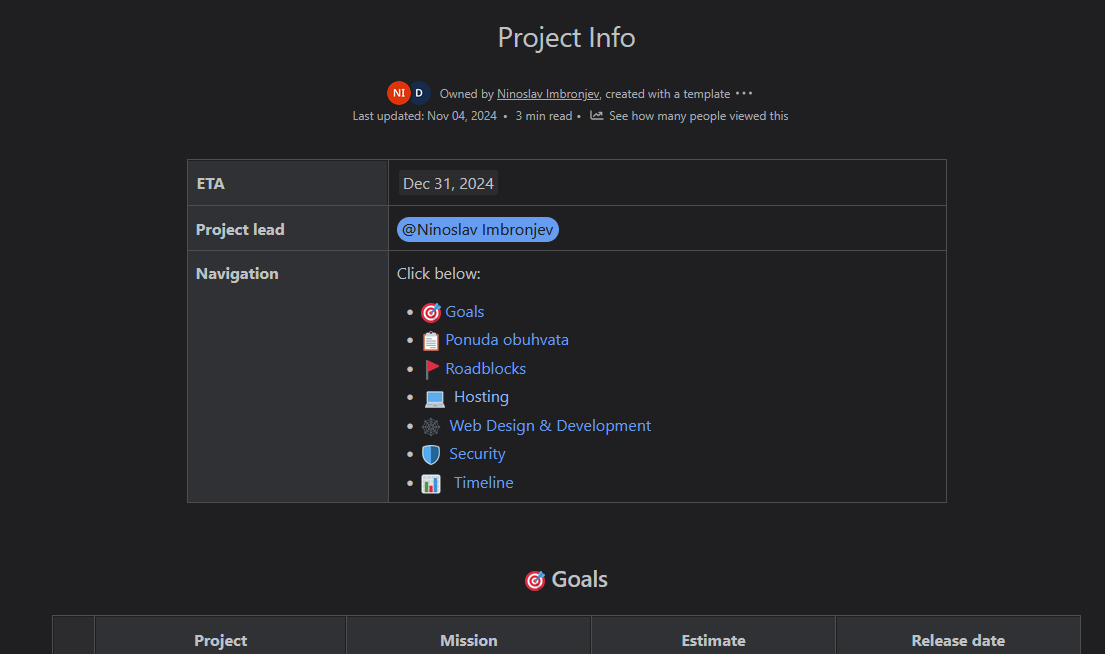
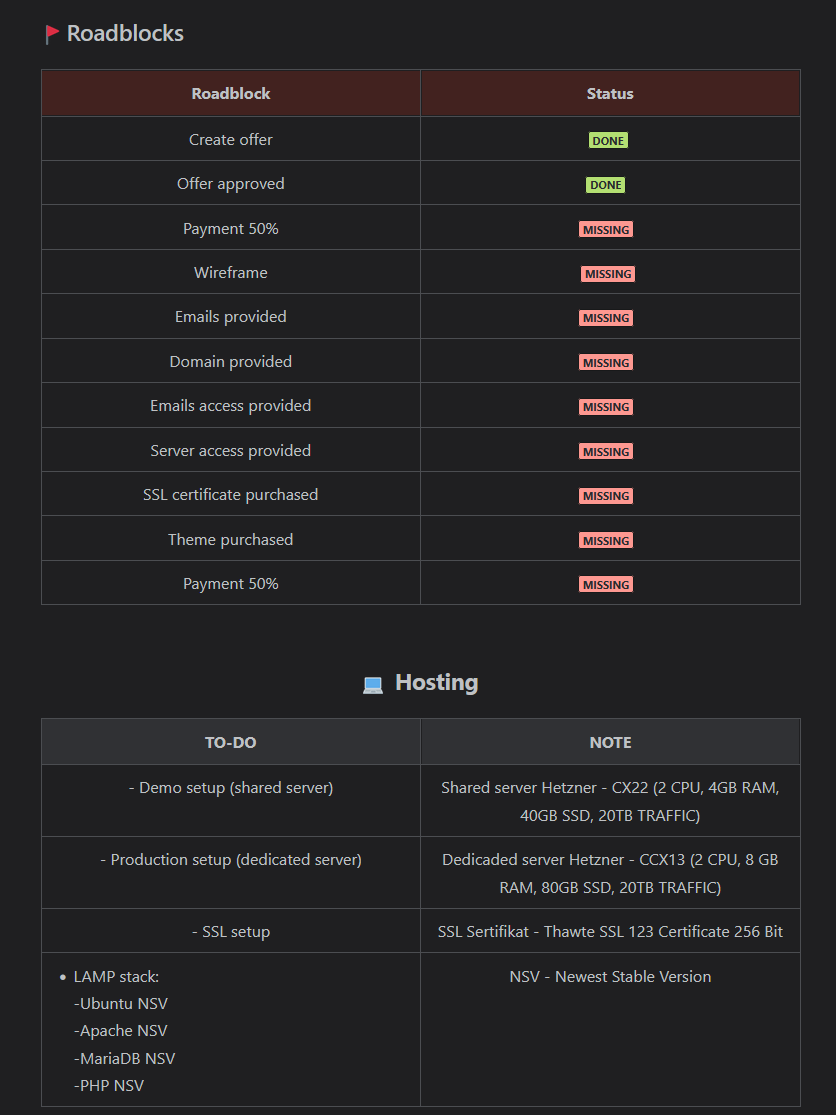
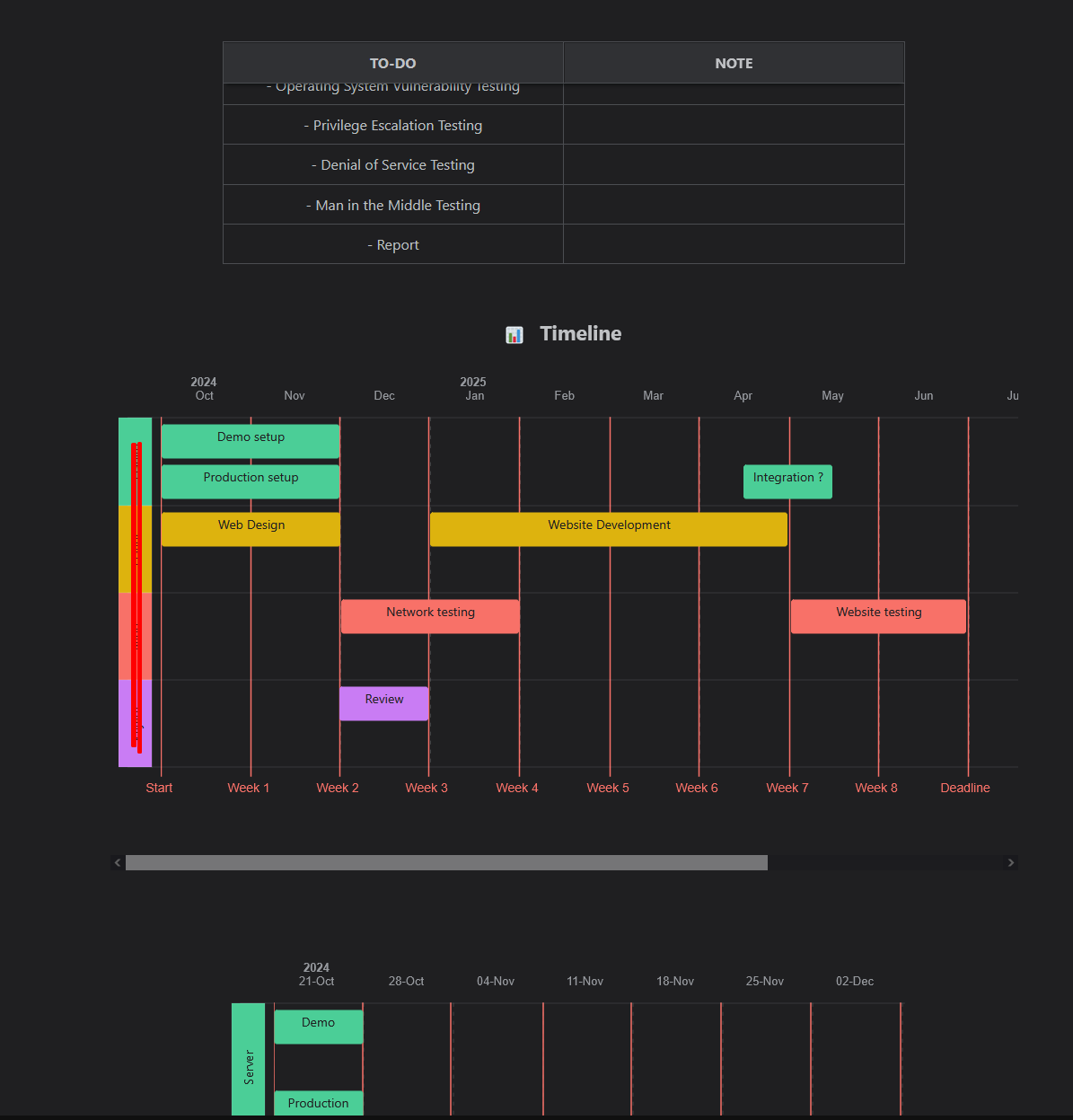
3. Jira: The Backbone of Agile Project Management
Jira has been my go-to tool for Agile project management. Whether I’m managing sprints, tracking issues, or visualizing workflows, Jira’s flexibility and robust features have made it indispensable.
Sprint Planning: I’ve used Jira to create and manage sprint backlogs, ensuring that tasks are prioritized and assigned effectively.
Custom Workflows: By customizing workflows, I’ve been able to align Jira with my team’s unique processes, reducing bottlenecks and improving efficiency.
Reporting: Jira’s dashboards and reports have helped me track progress, identify risks, and communicate updates to stakeholders.
4. Redmine: Simplifying Issue Tracking Redmine has been a reliable tool for issue tracking and project management, especially for smaller teams or projects with limited budgets. Custom Fields: I’ve used Redmine’s custom fields to tailor the tool to specific project needs, such as tracking bugs or feature requests. Time Tracking: Redmine’s time tracking feature has helped me monitor team productivity and allocate resources more effectively. Open Source Flexibility: As an open-source tool, Redmine has allowed me to customize and extend its functionality to meet unique project requirements.
5. Slack and Discord: Real-Time Communication at Its Best
Effective communication is the cornerstone of successful project management, and tools like Slack and Discord have made it easier than ever.
Team Collaboration: I’ve used Slack to create dedicated channels for different projects, teams, and topics, ensuring that conversations stay organized.
Integrations: By integrating Slack with Jira and Trello, I’ve enabled real-time updates and notifications, keeping everyone informed without overwhelming them.
Remote Work: Discord has been particularly useful for remote teams, offering voice and video chat features that foster a sense of connection.
